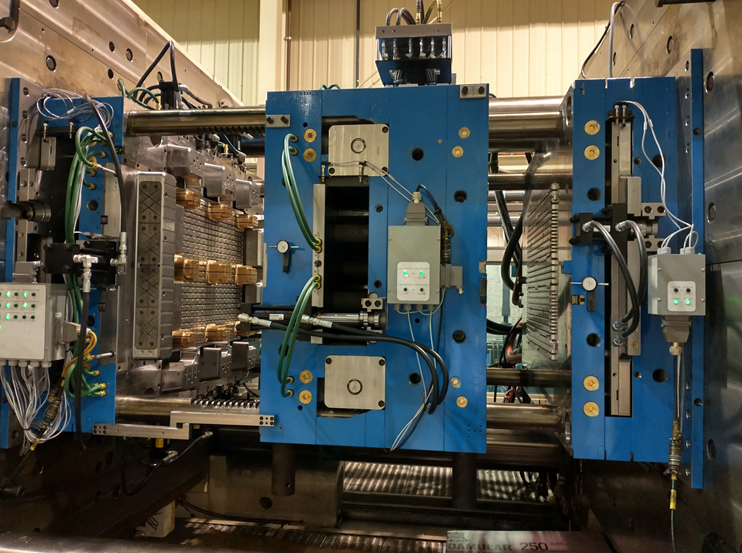บทบาทของการควบคุมคุณภาพในกระบวนการแปรรูปทุติยภูมิของแม่พิมพ์
Quality control is an essential aspect of any manufacturing process, including mold secondary processing. Secondary processing refers to the various post-processing steps that are taken after the initial molding process. These steps can include finishing, trimming, polishing, painting, and more. Each of these steps has the potential to introduce defects or flaws that can compromise the quality of the finished product.
In order to ensure that the finished product meets the required quality standards, it is essential to implement a robust quality control process. This involves both inspection and testing at various stages of the secondary processing. Here are some key aspects of quality control in mold secondary processing:
Inspection of Raw Materials: The quality control process begins with the inspection of the raw materials used in the secondary processing. This can include examining the materials for defects or inconsistencies, verifying their dimensions and tolerances, and ensuring that they meet the required specifications.

Inspection During Secondary Processing: During the secondary processing, it is important to inspect the parts at various stages to detect any defects or issues that may have arisen. This can include visual inspection, measurement, and testing to ensure that the parts meet the required quality standards.
Testing of Finished Products: Once the secondary processing is complete, the finished products are tested to ensure that they meet the required specifications. This can include testing for strength, durability, and other performance metrics.
Documentation and Record-Keeping: It is important to document all aspects of the quality control process, including the inspection and testing results, as well as any corrective actions taken. This documentation can be used to track trends and identify areas for improvement.
Implementing a robust quality control process can help to ensure that the finished products meet the required quality standards and are free from defects. This can help to reduce the risk of product recalls, improve customer satisfaction, and ultimately, increase profitability. It is important to work with a mold secondary processing supplier that has a proven track record of implementing effective quality control processes to ensure that your products meet the required quality standards.
ก่อนหน้า:วิธีการควบคุมคุณภาพของการขึ้นรูปชิ้นส่วนพลาสติก
ต่อไป: อุตสาหกรรมแม่พิมพ์คุณภาพสูงของจีนตอบสนองความต้องการของตลาดที่มีการพัฒนาอย่างรวดเร็วได้อย่างไร
-
Aerospace Mold: Precision Engineering for High-Flying Success
2023-7-10
In the field of aerospace engineering, precision is of utmost importance. Whether it's the design of aircraft or the man...
ดูรายละเอียด -
Injection Molding | Manufacturing for Repeatable Quality
2023-5-18
Injection molding is one of the widely accepted methods for manufacturing plastic components that actualizes features ra...
ดูรายละเอียด -
Manufacturing a Plastic Big Chair Mould
2023-6-16
The production of plastic big chair moulds is an essential part of the manufacturing process for furniture companies. Th...
ดูรายละเอียด -
How do metal insert molds play a role in manufacturing?
2024-11-26
Metal insert molds play an important role in the manufacturing industry. They not only improve the production efficiency...
ดูรายละเอียด -
Injection Chair Mould – The Ultimate Solution for High-Quality Chairs
2023-6-15
When it comes to producing chairs, one of the most important aspects to consider is the mould. A good mould can make all...
ดูรายละเอียด -
Exploring the Advancements in Automotive Mold Technology
2023-8-3
Introduction The automotive industry has experienced significant technological advancements over the years. One crucial ...
ดูรายละเอียด







